
Setting up a business can be challenging for a variety of reasons. You want to get the most bang for your buck. You want to be ready for future growth. You want to be flexible. You want to be mindful of space and efficiency. You have to do it all yourself. With some experience setting up businesses I thought it would be good to take a look at some options—including key technology—to help get you started.
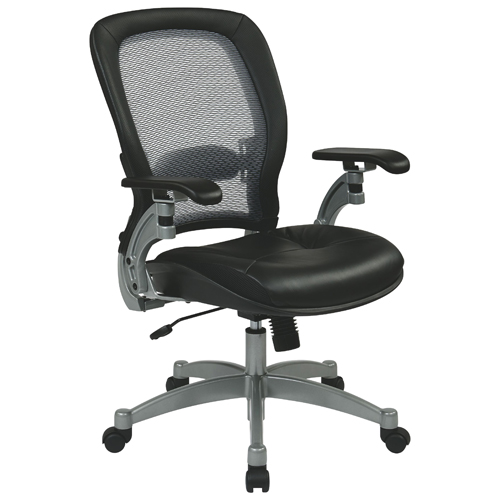
Furniture
Once you’ve got your office space picked out you’ll want to set it up with the right furniture. Pick out a desk that is big enough for your needs. Storage drawers are nice to have but you may instead opt for centralized cabinets that everybody can share if you’re going to have a very digital office where workers don’t need much more than their laptops. Once you’ve got your desks picked out then its time to look at chairs. While it may cost a little more, I would recommend getting a quality chair since they get used so much and the right chair can keep workers focused, energized, and make a big difference to office ergonomics. Chairs can be a very personal choice but try to get something high quality that has lots of adjustments so it can be tweaked for each individual. Something like this Space Seating leather office chair would be fantastic with an open back for ventilation, and plenty of adjustments including lumbar support.
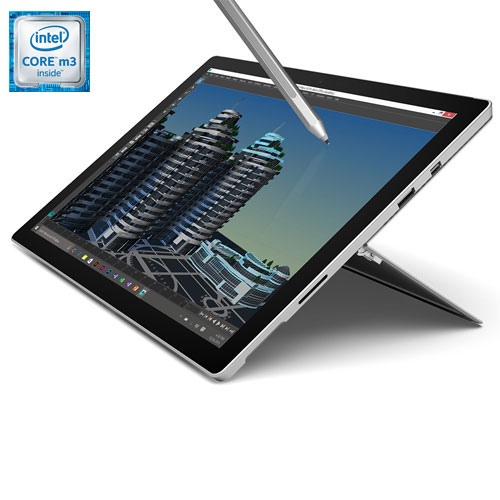
Workstations
Workers almost always benefit from extra monitors. Generally speaking, an HDMI monitor should do since most modern computers are HDMI compatible. A monitor riser is also essential for ergonomics, unless your desk has a monitor shelf built in. You’ll also want to get a good multi-outlet surge protector to plug that monitor in to while you’re at it. This also gives employees somewhere to plug their computers in. You’ll want one per desk usually. You’ll want to take a look at laptops next. There are lots of great options there. Generally I prefer ultrabooks or options like the Surface Pro which have touchscreens and double as tablets which are fantastic for in meetings or when giving presentations. These machines are nice and portable and have plenty of power for the usual office tasks. They also look great.
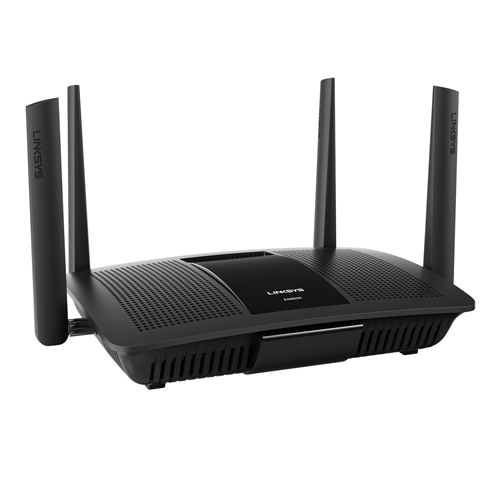
Connectivity
These days it is fairly essential that any business be online. It’s hard to imagine a business that can be successful without internet connectivity or at least local networking. You’ll want to make sure to get your business set up on a great router which can support all your bandwidth needs. A Tri-Band gigabit router with 802.11AC wireless networking ought to give you plenty of power for lots of simultaneously connected devices without sacrificing performance; it will last you a while as well. You want one you can set up with ease and mostly forget about afterwards, knowing that it is running well without bottlenecking the workflow of your business. The Linksys MI-MIMO Max-Stream Wireless AC2600 gigabit router, for example, is beefy enough for even the most demanding office environments, with high bandwidth capacity and industry leading connectivity.
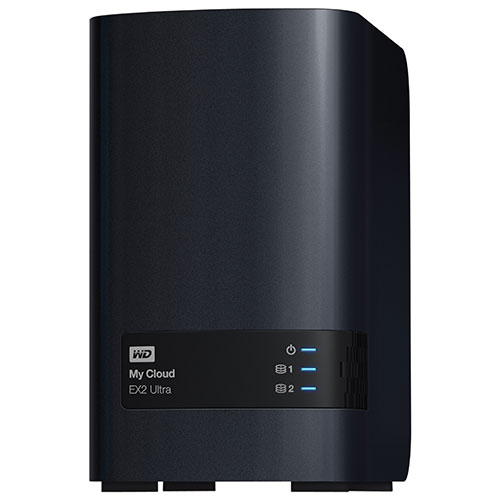
Data backup
Data loss can also be a big problem for a business. You can’t afford to lose your precious data so I highly recommend that you consider setting yourself up with a network attached storage server. There are a lot of great options here depending on your needs. If you want to go the inexpensive route you could probably get a portable USB hard drive and connect it to your router for manual backups, but I would suggest you spend more on a high end NAS server. The higher end models are more secure. They centralize your data storage locally, allow access remotely, provide automatic backup and synchronization between the servers and your computers, can encrypt your backups, and even support RAID for redundant disk backups, so you don’t need to worry too much about disk failure either. These are shockingly uncommon but in my opinion are invaluable as data loss can be catastrophic for any business. I’ve used an NAS from WD for years and am a big fan of their high performance, versatility, and reliability. The WD My Cloud EX2 Ultra Diskless NAS has two available disk bays which you can load up with hard drives and be ready to go with storage suited to your current needs while being ready to upgrade the drives should you ever need to support expanded needs.
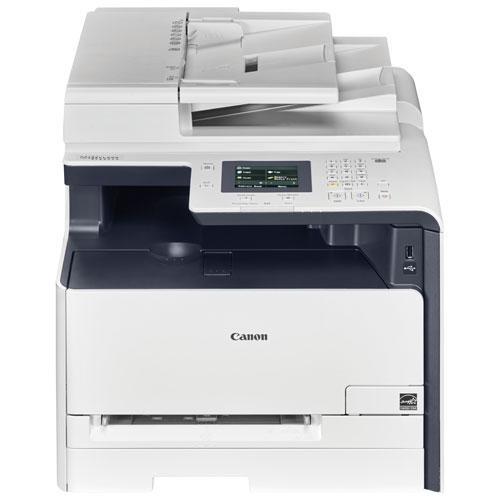
Printing
You’ll also need to deal with physical documents at one point so getting the right scanner and printer is key. I would recommend a good multifunction printer for any small to medium sized business (with large businesses going for commercial grade machines more often than not). An all-in-one like this can save space and give everyone in your office the ability to scan and print remotely. Duplex printing is a great feature allowing you to print on both sides of the page to save on paper costs. If you anticipate a lot of printing you’ll want to consider printing page speeds (pages per minute). I’d also recommend something wireless to make you more flexible when setting up your printer in your office. Lastly you’ll want to consider whether or not you’ll need colour printing ability, or if black and white is good enough. I’d recommend a laser printer if you’re not printing on a daily basis as you won’t have to worry about cleaning nozzles and stuff like that, which you might with an inkjet. This Canon imageCLASS MF524W colour all-in-one laser printer features wireless connectivity and 14 pages per minute speed.
With all of that set up you’ll be in good shape to start rolling with your business no matter the size. Everyone will have desks to work on, equipment to use, the ability to have it all connected, with all their data being automatically backed up, and all the document scanning and printing they need a click away.



